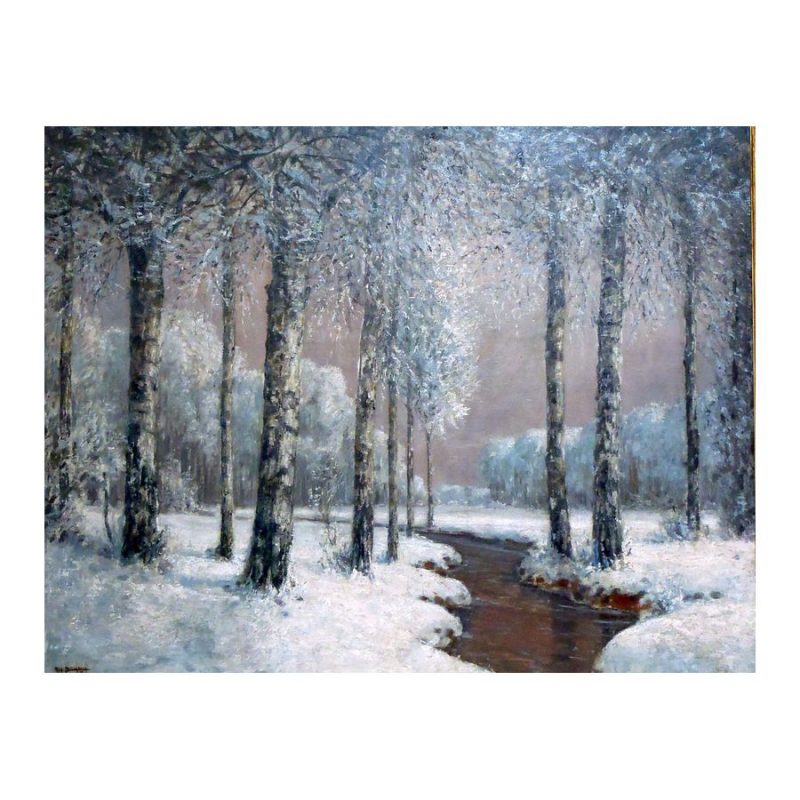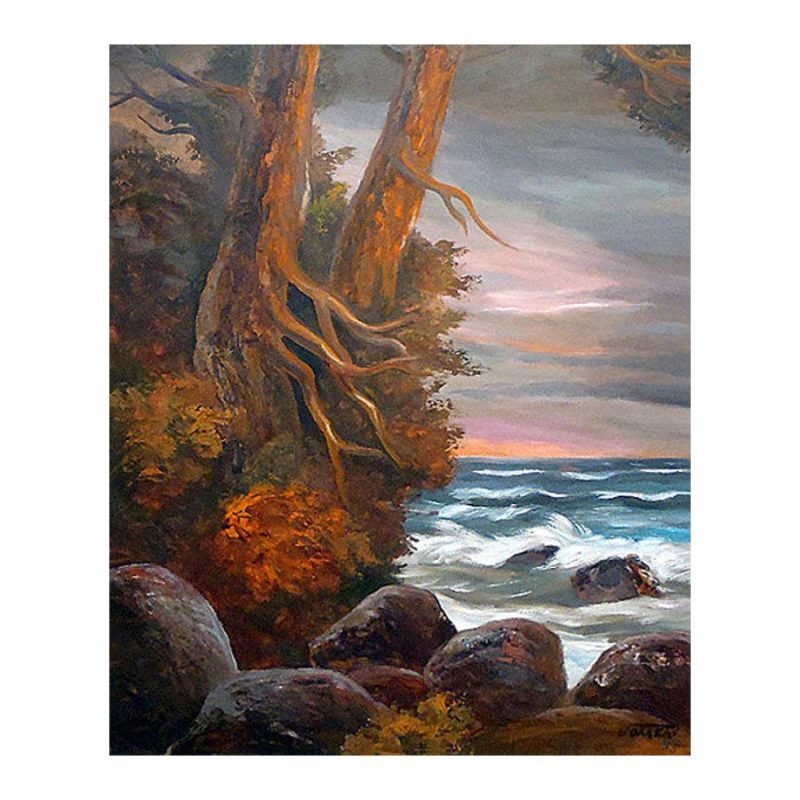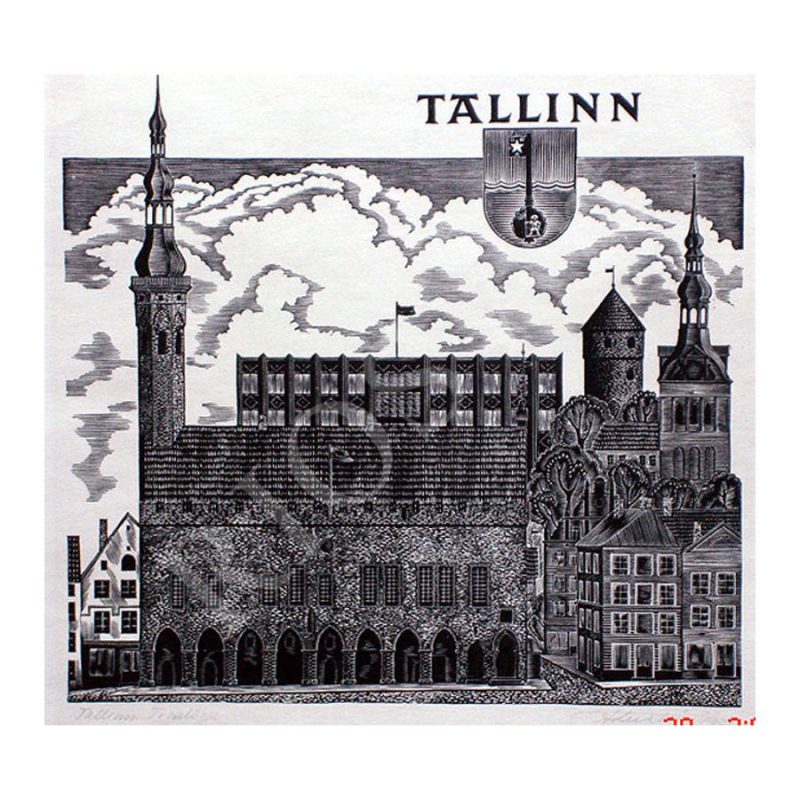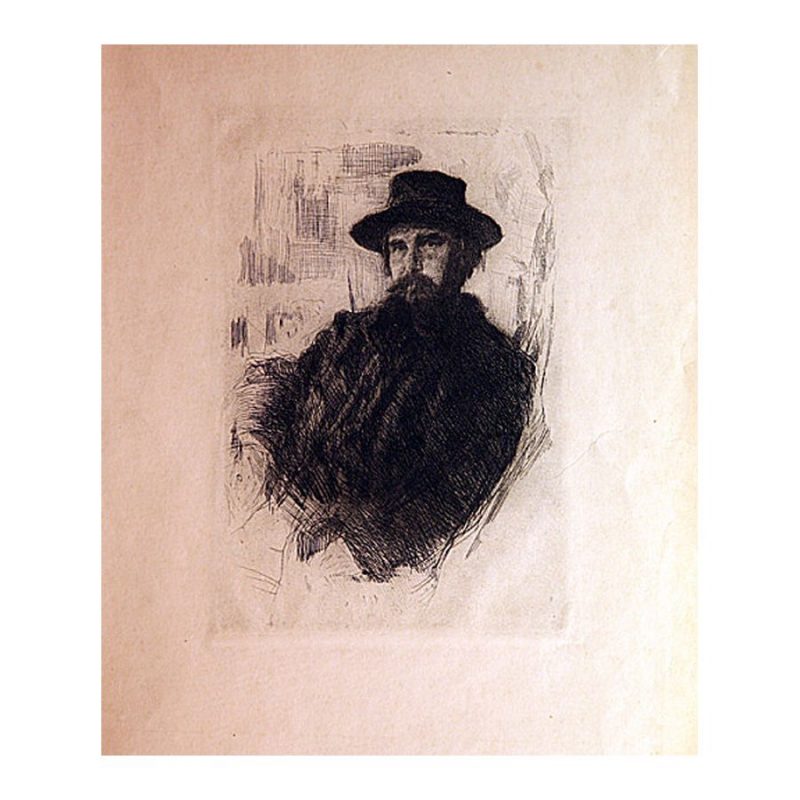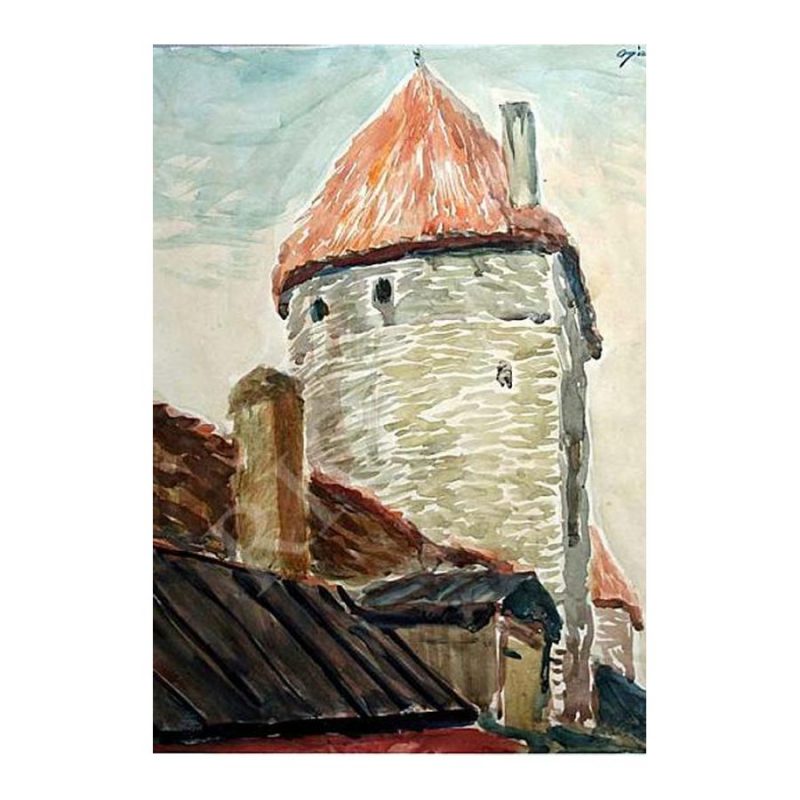Raoul Dufy (1877 – 1953)

Byuchtger Robert Germanovich, born in the cultural hub of St. Petersburg, hailed from a lineage of Courland Germans. Riga, with its charm and character, formed the backdrop of his formative years, where he absorbed knowledge at the Polytechnic Gymnasium. The calling of art led him to the prestigious Imperial Academy of Arts. However, his thirst for learning didn’t stop there; he further honed his skills at both the Dusseldorf and Munich Academy of Arts, studying under the expert guidance of renowned artists like Schleich and Roubaud.
In search of inspiration and a deeper understanding of art, 1887 saw him in Paris and later Breslau, embracing the life of a freelance artist. A lover of figure skating, Robert was not just limited to the canvas; he shone on ice, clinching many accolades including the coveted Bayern Championship.
Curiosity took him to the vast expanses of Russia, where he immersed himself in studying the diverse peoples of the empire. The Caucasus region, in particular, left an indelible mark on him, with numerous artworks reflecting its influence. Though he settled in Munich post-1888, his connection with Russian artists remained undiminished, showcasing his works at imperial academic exhibitions. His love for landscapes and animals, especially with Russian motifs, became a signature style. The picturesque Rottenbuch was more than a home post-1920; it was his canvas, with numerous paintings capturing the serene Bavarian lakes at sunset.
Death found him in his Munich apartment, but his legacy continues. His final resting place is the serene Waldfriedhof cemetery. For art aficionados, the Rios Art Gallery provides a digital platform to explore and purchase his masterpieces.
The year 1906 marked a significant milestone for another renowned artist, as he showcased his work at the Bertha Weill Gallery. Raoul Dufy, with his collection “Violinists”, ventured into Fauvism, dabbled in cubism, and unraveled the mysteries of objects through his brushwork. The initial lukewarm response to his works saw him exploring woodcuts and illustrations. However, a return to impressionism marked a turning point, with his art becoming more vibrant and simplistic. The Centaurus Gallery in Brussels, 1923, witnessed Dufy’s monumental success. His experimental journey continued with a distinctive blend of color and pattern, predominantly in watercolor. His magnum opus remains the colossal wall painting for the Paris International Exhibition. Today, art lovers can relish Dufy’s genius at the Rios Art Gallery.





